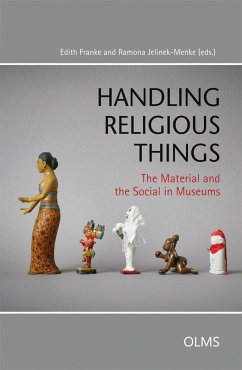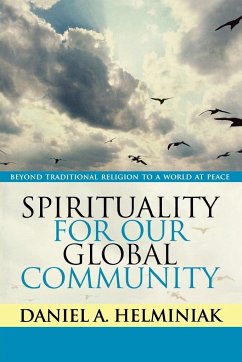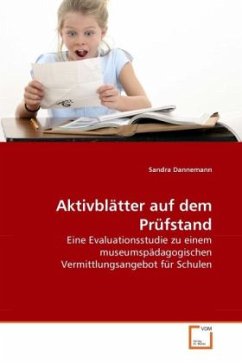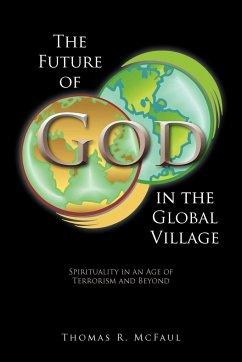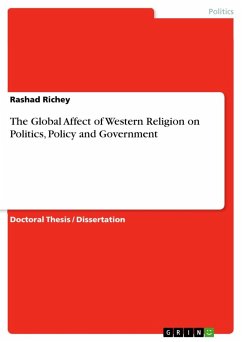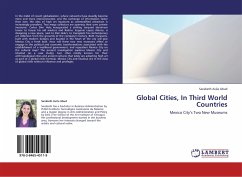
Global Cities, In Third World Countries
Mexico City's Two New Museums
Versandkostenfrei!
Versandfertig in 6-10 Tagen
32,99 €
inkl. MwSt.

PAYBACK Punkte
16 °P sammeln!
In the midst of recent globalization, where networks have steadily become more and more interconnected, and the exchange of information faster than ever, the idea of high art museums as commodified attraction is increasingly prevalent. Two mega collectors are opening their own private museums. Carlos Slim Helu, inaugurated a striking torqued aluminum tower to house his old masters and Rodins. Eugenio Lopez Alonso, is designing a new space, next to Slim Helu's, to transplant his contemporary art collection from the grounds of the company s factory. Both museums, built with modern designs and lo...
In the midst of recent globalization, where networks have steadily become more and more interconnected, and the exchange of information faster than ever, the idea of high art museums as commodified attraction is increasingly prevalent. Two mega collectors are opening their own private museums. Carlos Slim Helu, inaugurated a striking torqued aluminum tower to house his old masters and Rodins. Eugenio Lopez Alonso, is designing a new space, next to Slim Helu's, to transplant his contemporary art collection from the grounds of the company s factory. Both museums, built with modern designs and located in the heart of the city will give Mexico City a fresh look. How will these two new museums affect or engage in the political and economic transformations associated with the establishment of a neoliberal government, and reposition Mexico City on the cultural map? The present investigation explores Mexico City and Istanbul (as a case study), two cities mostly known for their anthropological cities and ancient cultures that lately are adopting high art as part of a global cities formula. Mexico City and Istanbul are in the class of global cities without influence and privileges.



